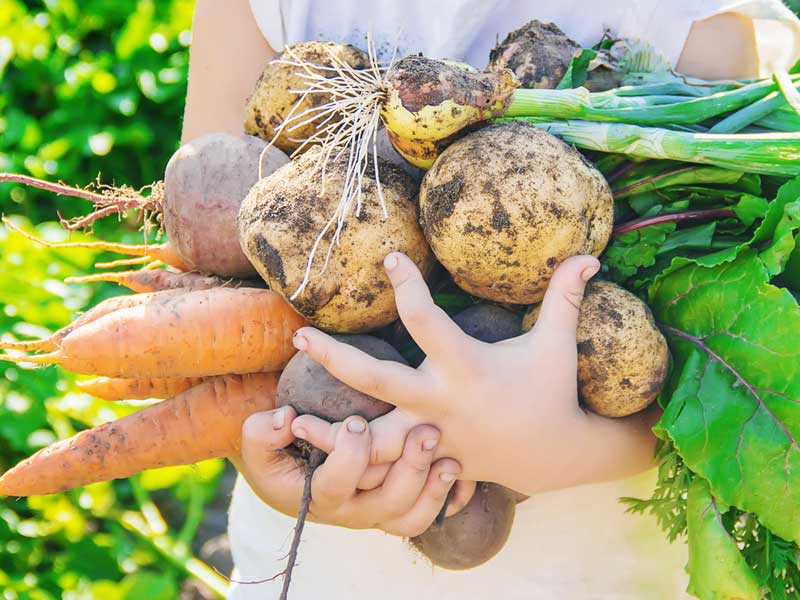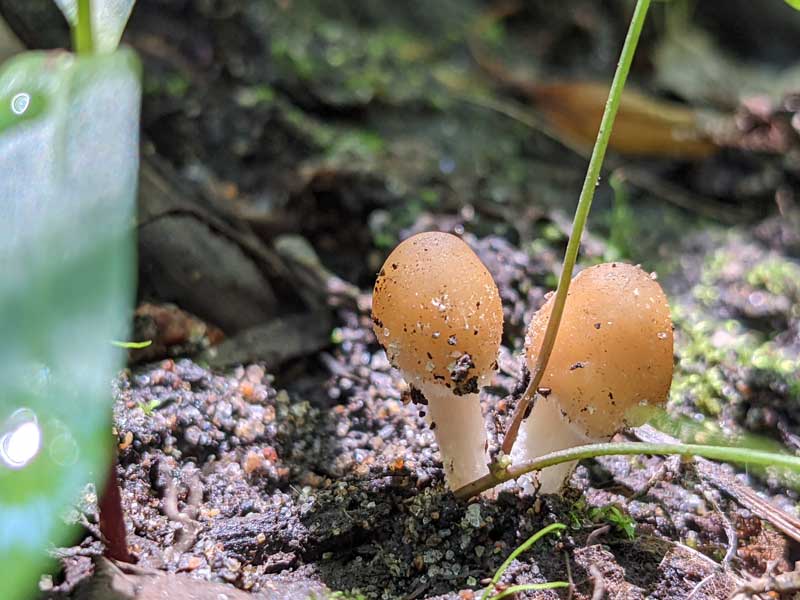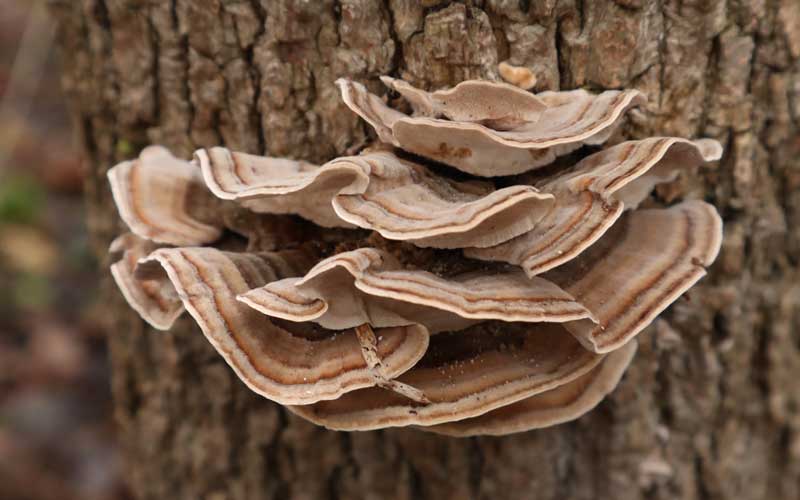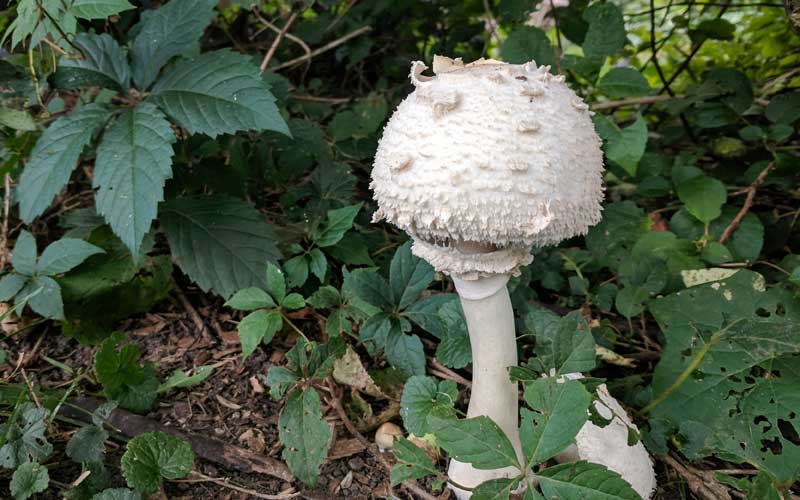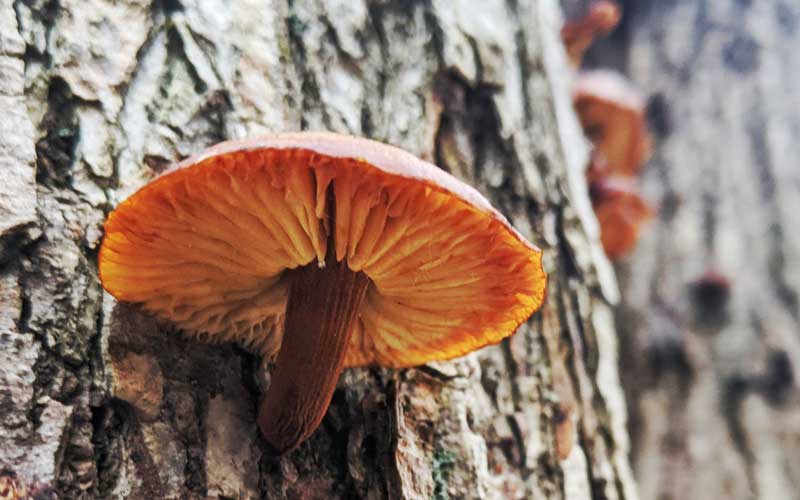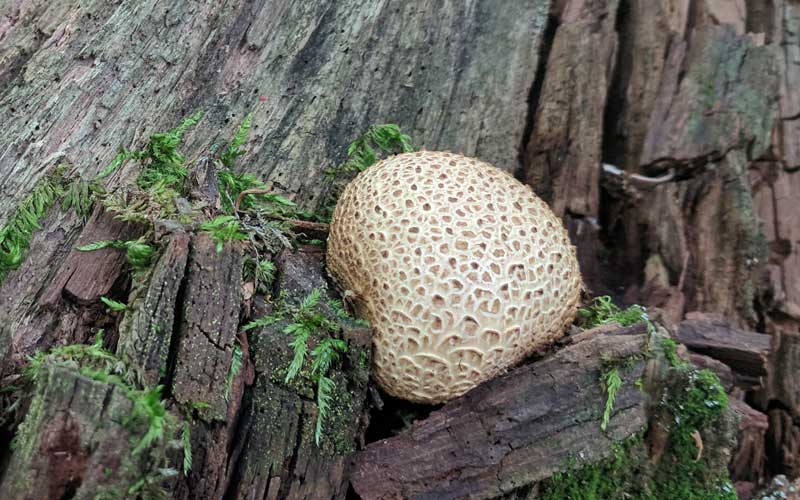- Home
- Mycelium Intro
- Fungi Compost
The Secret Life of Fungi in Your Compost Bin
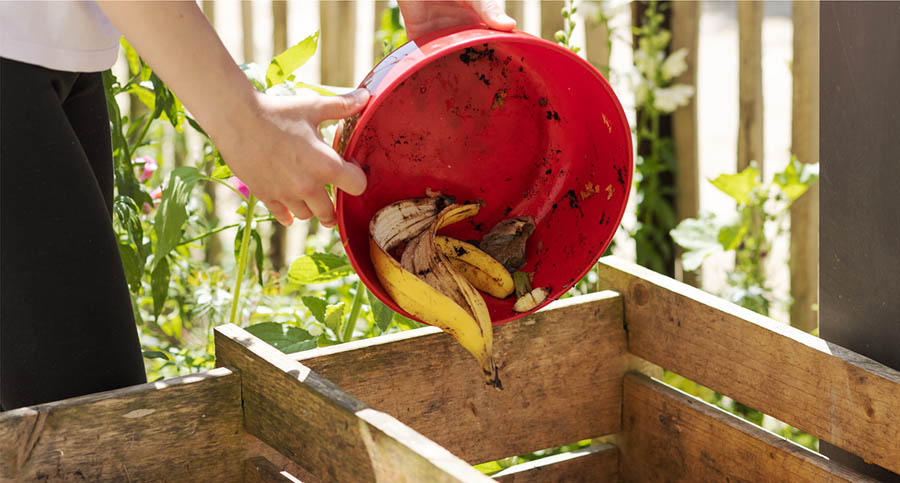
As we diligently add our kitchen scraps and yard waste to the compost bin, we often think of it as a simple, straightforward process.
Everything just rots and decomposes, right? Yes, but it’s a little more complicated than that.
Beneath the surface, a fascinating world of fungi is hard at work, breaking down organic matter and transforming it into nutrient-rich soil.
In this post, we'll delve into the secret life of fungi in your compost bin and explore the crucial role they play in this ecosystem.
Fungal Decomposers are Unsung Heroes
Fungi are the primary decomposers in compost, responsible for dismantling complex organic molecules into simpler compounds. They achieve this through the release of enzymes, which break down cellulose, lignin, and other tough plant materials.
Without fungi, our compost would be a stagnant, anaerobic mess, incapable of supporting plant growth. Instead, fungi create a thriving environment, teeming with life and nutrients.
Some of the most common fungi found in compost bins include:
- Aspergillus: A genus of fungi that excels at breaking down organic matter, producing antibiotics, and fighting off pathogens.
- Trichoderma: A species known for its ability to control pests and diseases, while also contributing to decomposition.
- Penicillium: Yes, the same genus that gave us penicillin! These fungi are prolific decomposers and producers of antibiotics.
The Fungal Network Is a Complex Web of Relationships
Fungi in your compost bin don't work in isolation. They form intricate networks with other microorganisms, like bacteria and protozoa. This symbiotic relationship is known as the "fungal-bacterial loop."
Fungi break down organic matter, releasing nutrients that bacteria can consume. In turn, bacteria fix nitrogen, making it available to fungi and other organisms. This harmonious exchange creates a thriving ecosystem, where each player relies on the others for survival.
Fungal Intelligence Solves Problems and Adapts to Conditions
Fungi have evolved remarkable strategies to optimize their growth and survival in compost. For example:
- Mycelium: Fungal hyphae (branching filaments) can grow up to several meters in length, allowing fungi to explore and exploit nutrient-rich areas.
- Sporulation: Fungi produce spores, which can survive extreme conditions like heat, dryness, or chemicals, ensuring their survival and spread.
- Enzyme production: Fungi adapt to changing conditions by producing enzymes tailored to specific substrates, maximizing their efficiency.
Cultivating Fungal Friendships in Your Compost Bins
To encourage the growth and diversity of fungi in your compost bin, try these tips:
- Maintain moisture: Fungi thrive in humid environments, so ensure your compost is kept moist, like a damp sponge.
- Add variety: Incorporate a range of organic materials, including leaves, branches, and kitchen scraps, to create a diverse fungal habitat.
- Turn regularly: Aerate your compost to prevent anaerobic conditions, which can inhibit fungal growth.
By embracing the secret life of fungi in your compost bin, you'll not only create a more efficient and effective composting process but also gain a deeper appreciation for the intricate web of life beneath our feet.
So, next time you add scraps to your bin, remember the unsung heroes of decomposition – the fascinating fungi – working tirelessly to transform waste into wonder.
Related Topics:
Mycelium is the secret ingredient in healthy garden soil.
Mycelium holds everything together in the soil of a healthy garden. Without the mycelium, the health of all your plants and trees will suffer. More here...
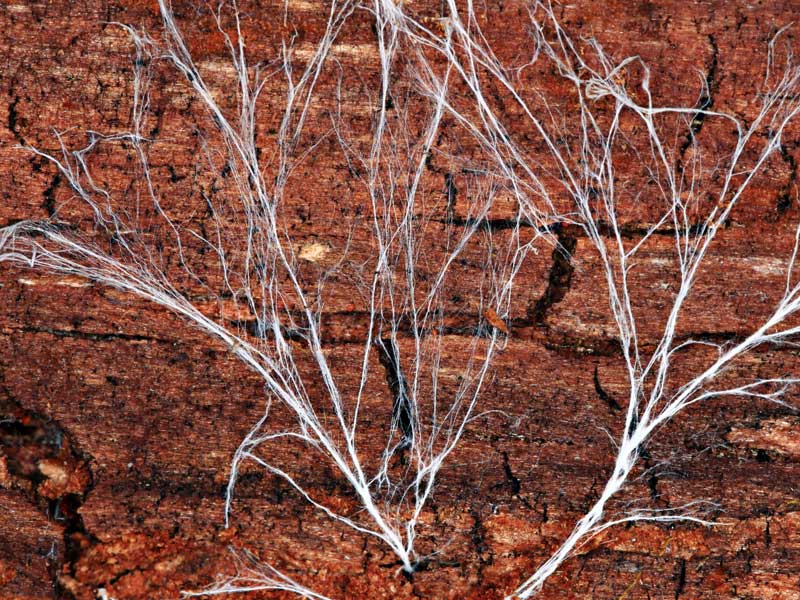
Mycelium… the underground network that connects and supports all life.
Mycelium is the miracle beneath our feet. It’s the root system of the mushrooms we see above ground, and a whole lot more. Read the full article...
